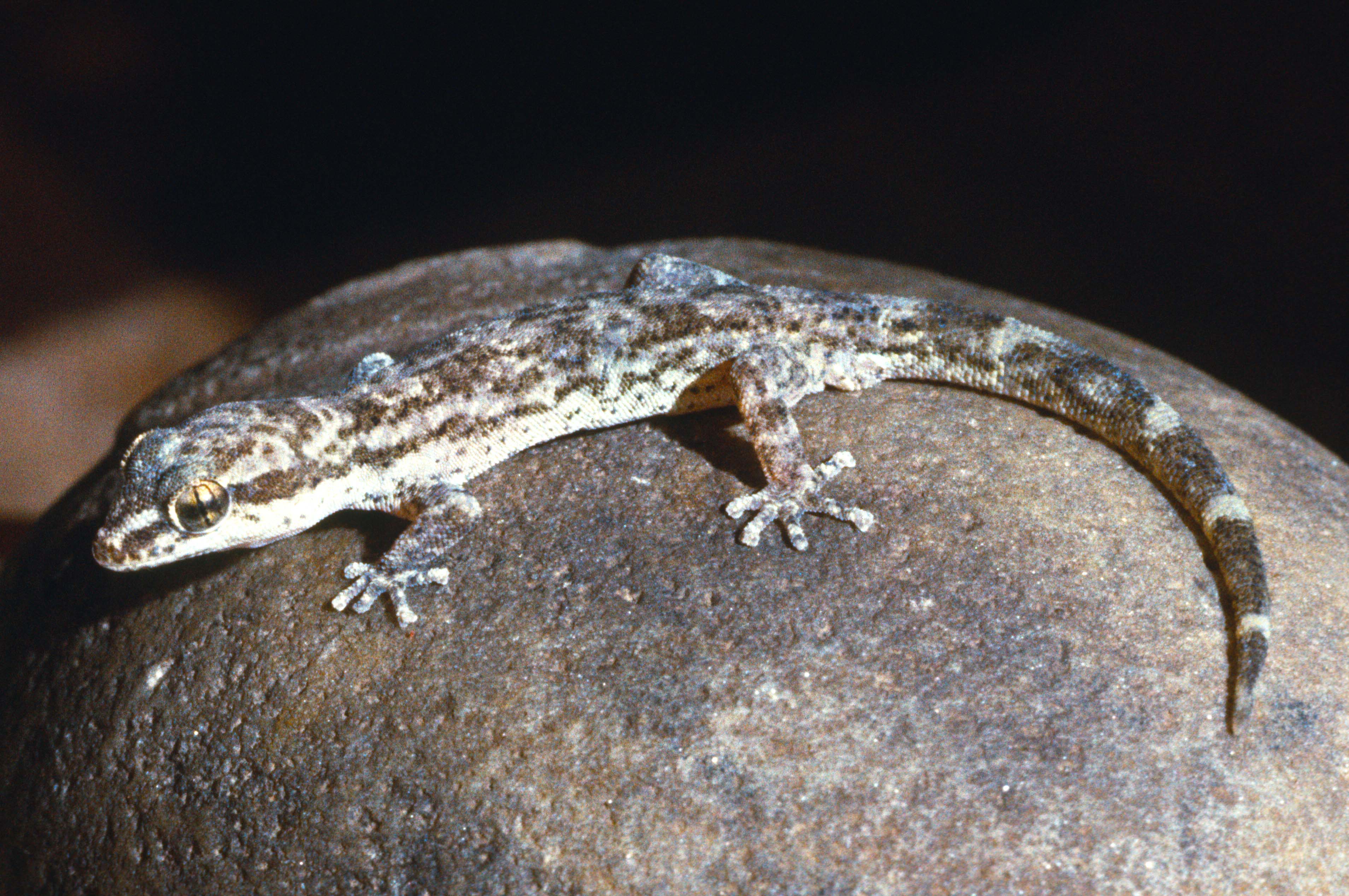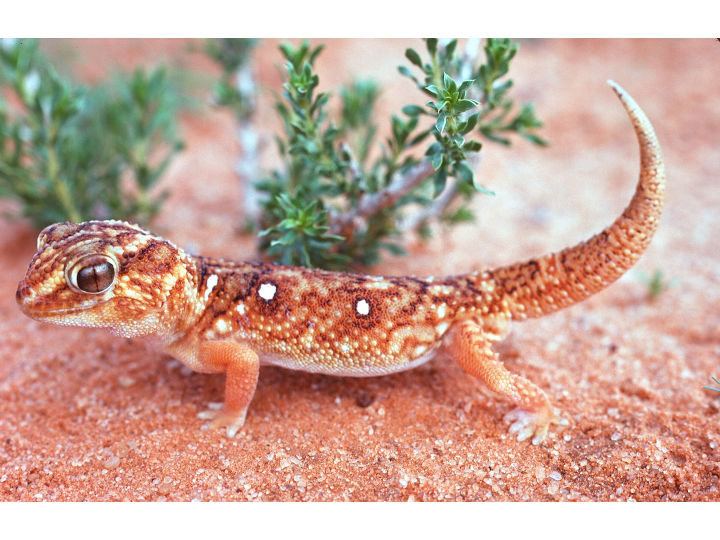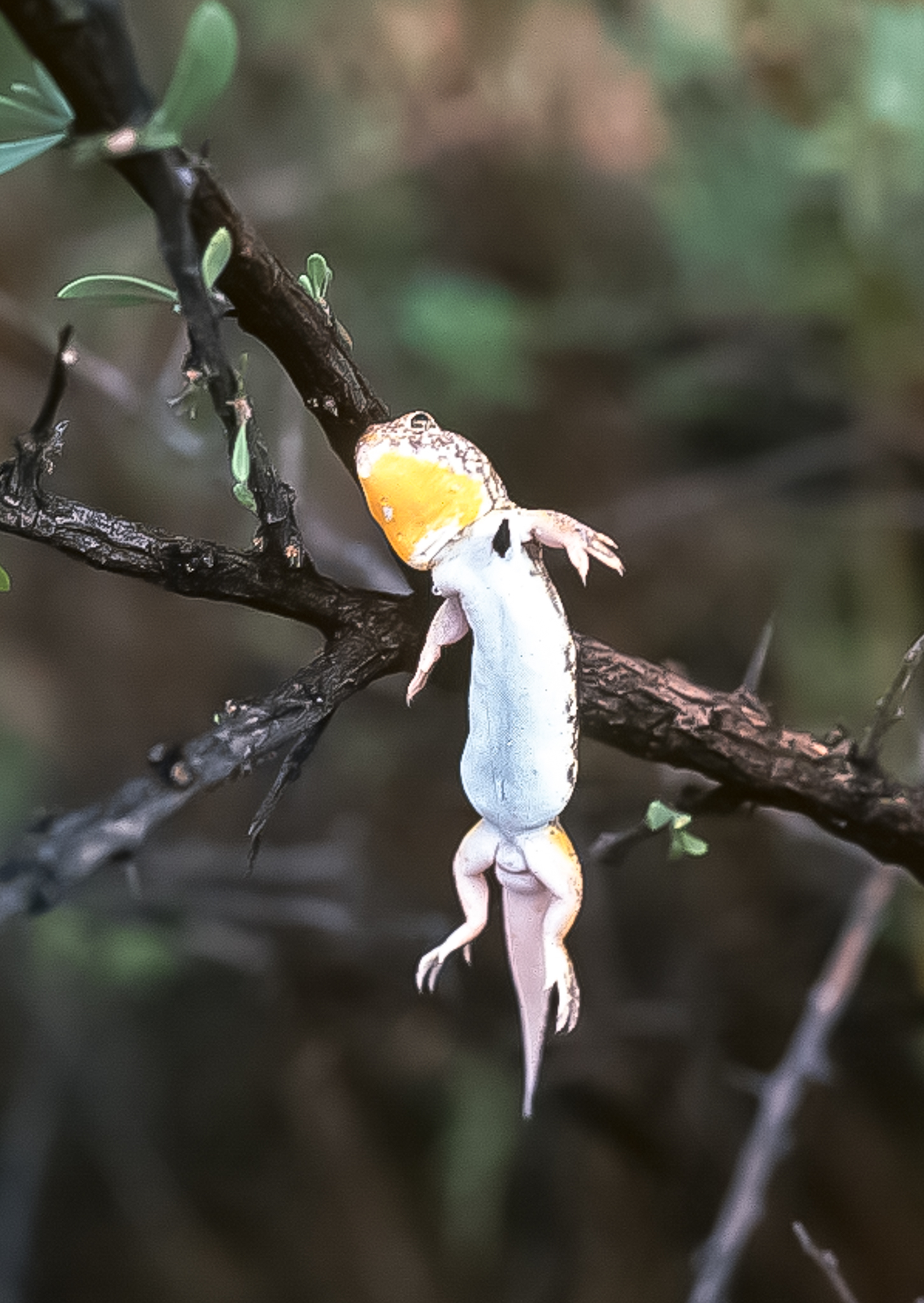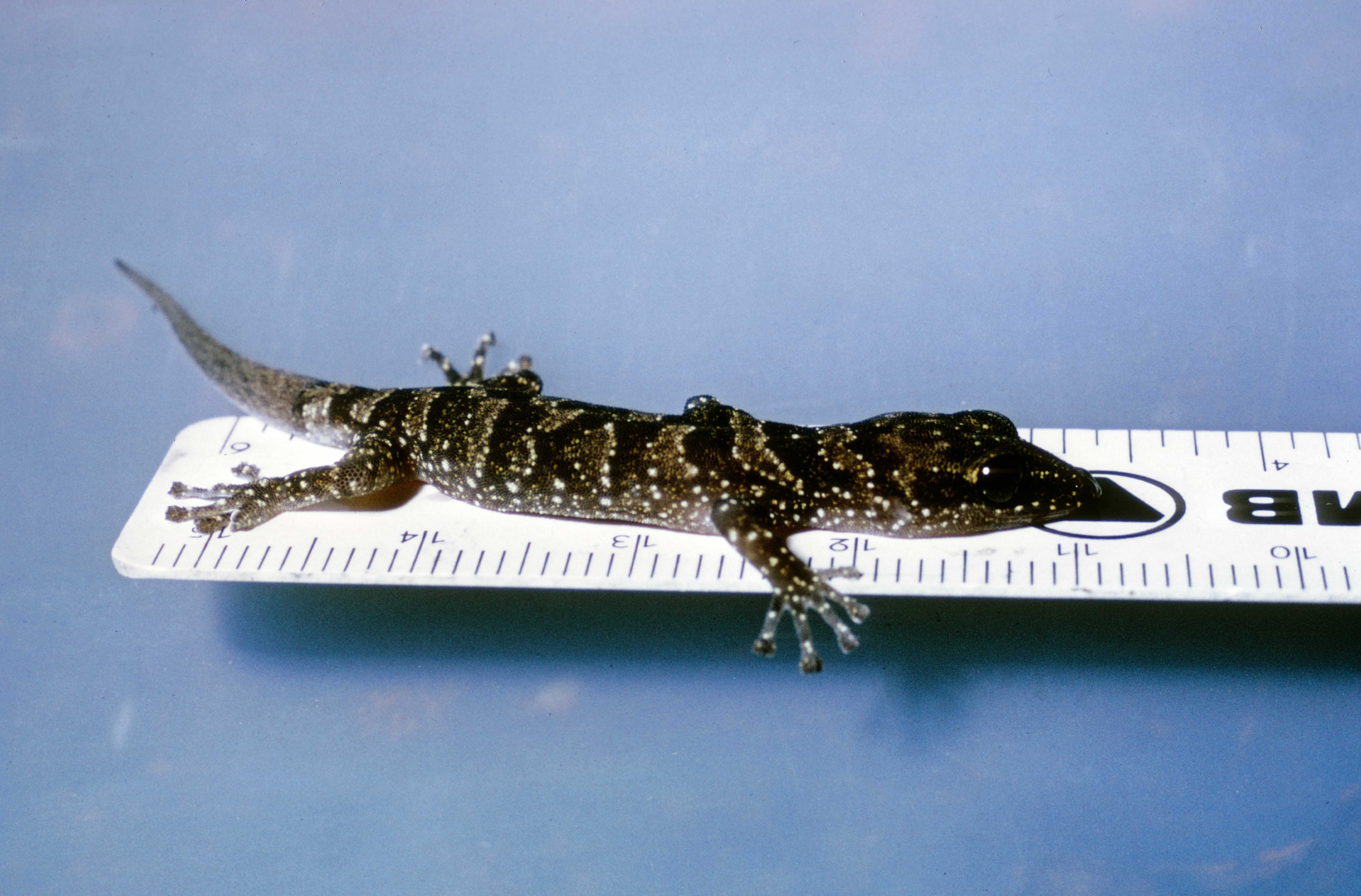13 In pursuit of geckos
Geckos are my favorite lizards. Most are nocturnal, and most live in warm regions of the world. Donning a headlamp and scanning for the faint eye shine of a gecko is ‘good sport.’ For me, hunting for a gecko’s eye shine is like hunting for Easter Eggs when I was a kid.
13.1 Peruvian deserts
My introduction to geckos was by chance. From June 1966 until June 1967, I ran the herp lab in the Museum of Vertebrate Zoology while Dr. Stebbins was on sabbatical in Australia (see Chapter 12). Over that year I started to learn about herps and to read the original literature on these creatures.
In the spring of 1967, I applied for and received a small grant from UC to study the ecology of teiid lizards (Ameiva) in Panama that summer. I arrived at the MVZ early one morning and was greeted by Dr. Oliver P. Pearson, Director of the Museum. His opening words were, “You don’t want to go to Panama this summer, you want to go to coastal Peru with Carl Koford.” This was an abrupt way to start my day.
I knew that Carl Koford was a free-ranging field biologist. He was famous for his pioneering work on California Condors and for his physical stamina. Rumor had it that Koford could take off for a remote area with a sack of raisins and peanuts and return a few weeks later with data. The thought of spending a summer with Koford was not appealing!
Ultimately, I decided that the field experience in Peru would be better than one in Panama. I joined Koford and two grad students for the summer. My primary role was to collect herps.
En route from Berkeley to Lima, I stopped at the Los Angeles County Museum of Natural History to visit James Dixon, Curator of Herpetology. Jim was an expert on geckos, especially leaf-toed geckos Phyllodactylus. I knew that several species of these geckos lived in coastal Peru, and I hoped that Jim could tell me how to find and identify them, as I’d never seen one alive.
Jim was excited to learn about my trip. He said that no herpers had been in northern coastal Peru since the 1930s and that any and all Phyllodactylus I collected would be of considerable biological interest. Jim’s enthusiasm was infectious.
Once we got to Peru and obtained collecting permits, we headed north from Lima for about 100 km and stopped at Lomas de Lechay, a small mountain along the coast but seaward of the Andes. Heavy fogs condensed on the trees at night, creating an insular ‘oasis’ of vegetation in an otherwise arid desert.
Before we left Lima, Carl bought a Coleman-style lantern so I could hunt for geckos. Heading out at night from our hut, I spotted geckos crawling over the granite boulders. I felt like a kid. I soon became passionate about searching for – and finding – geckos in the dark of night.
When we reached the Sechura Desert in far northern Peru, we camped near Cerro Illescas, another small isolated mountain along the coast. The Cerro did not intercept fogs, and the vegetation on the Cerro and in the adjacent desert was sparse. Surprisingly, I found four species of Phyllodactylus there - more than at any site in South America. [One was a new species that had never been collected before.]
While I was in Peru, Jim and his family moved to College Station, Texas, where Jim became a Professor at Texas A&M University. College Station is close Austin (~ 110 miles). Shortly after I arrived in Austin, I drove to College Station to show Jim my summer’s haul of geckos. Jim was bubbly with excitement, and we started working through the specimens, sorting them into apparent species. He added information on other South American species, and we wrote a monograph on the species of Phyllodactylus in western South America. Jim was an old-school systematist, but an excellent biologist and generous person.
We described several new species, including one we named Phyllodactylus kofordi – honoring Carl. Before submitting the manuscript for publication, I asked Carl for permission to use his name. He was delighted, mainly because ectoparasites were the only animals named after him. However, he did want us “to make sure it won’t be synonymized.’ As of this writing, P. kofordi is still a valid species.

I went back to the Sechura in summer 1968 and did my master’s research on the geckos near Cerro Illescas. I wanted to detail niche differences between species, on the assumption that some niche differences (in microhabitat, diet, time of activity) were necessary to promote coexistence. Because I’d found four sympatric species in a strikingly barren area that supported only three species of perennial plants, niche partitioning seemed worth investigating.
13.2 Kalahari nights
To keep my focus here on geckos, I’m going to ‘abandon’ the main theme of Part Four (Berkeley) and skip forward in time.
Given my experiences with geckos in Peru, I was primed to hunt for gecko when Larry Coons and I arrived in the Kalahari in late November 1969. Eric had advised us to use headlamps rather than lanterns. With practice, we learned to spot gecko eye shine. We spent many a happy evening searching for geckos, except when we were at our two study sites in the Gemsbok Park. Gecko hunting there was risky, given the presence of lions, leopards, and hyaenas. As soon as we found all the species that might be present at those two sites, we stopped collecting there at night. Why push our luck?
A ground gecko (Chondrodactylus angulifer) occurred on all of our study areas, and spotting it was a treat. These chunky geckos have bright eye shine, making them easy to spot. They mainly eat large termites (Hodotermes mossambicus), a dominant food of many Kalahari lizards.

Another favorite is the barking gecko (Ptenopus garrulus). Males call from a burrow, with just their heads and forequarters exposed, attempting to attract a female. In warm months, males start calling near dusk. Some choruses were loud. The ringtone on my cell phone is the call of a barking gecko.
Catching Ptenopus is hard as they retreat down their burrows if we stepped on a tiny twig or made any noise. I perfected a technique of sneaking up slowly and carefully until I was about 2 m away. Then I lunged toward the burrow, plunging my trenching tool into the sand about 5 cm behind the gecko and blocking the burrow. My dance usually worked, but occasionally accidents happened.
Ptenopus are normally crepuscular and nocturnal. But if Hodotermes swarm during the day, Ptenopus emerge from their burrows, snarfing up these termites. Unfortunately, the local shrikes spot these geckos and crucify them on the thorns of local Acacia shrubs.

Hodotermes swarmed one night near Tsabong, Botswana. We watched a newborn Ptenopus attempt to eat a Hodo that was almost as big as the gecko. It bit the termite head first and tried to swallow it. But termites are soft-bodied, and so the internal ‘juices’ just got progressively squeezed into its abdomen, such that the Hodo’s abdomen swelled – larger in diameter than the tiny gecko’s mouth. Eventually, the baby gecko would drop the termite, look around, dash off at another termite, and repeat the try. These baby geckos were starving in the midst of plenty. Obvious Lesson: don’t bite off something bigger than you can chew.
13.3 Predictive biogeography of geckos
In 1972, Ross Kiester (a friend, roommate, and mentor) had an opportunity to visit Malpelo Island (“bad hair,” in Spanish) as part of a US Navy - Smithsonian expedition (Graham, 1975). Malpelo is a steep-sided, tiny volcanic plug (0.6 k2, López-Victoria & Rozo, 2006) in the Pacific Ocean, about 500 km (310 mi) west of Colombia. It had rarely been visited by biologists or anyone. [Note: Malpelo has since become the “shark diving capital of the world” and became a UNESCO World Heritage Site in 2006.]
I encouraged Ross to look for Phyllodactylus. After all, these geckos were known both from the mainland and from the Galapagos. Consequently, their presence on an island partway between those sites seemed likely. Much to my delight, the group collected two specimens. I described them as a new species, Phyllodactylus transversalis, so named because of the unusual transverse stripes on its back.

Having correctly predicted (ok, I guessed) that geckos would be on Malpelo, I was rather pleased with myself. Biogeography can be predictive!